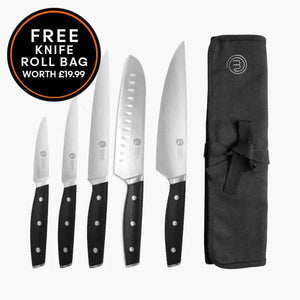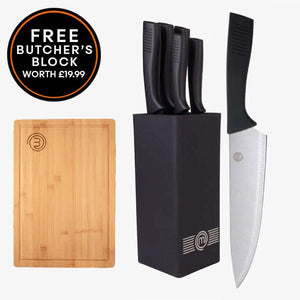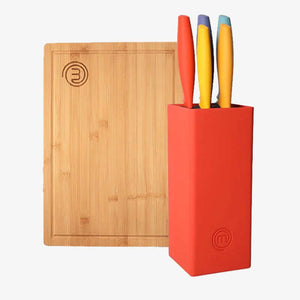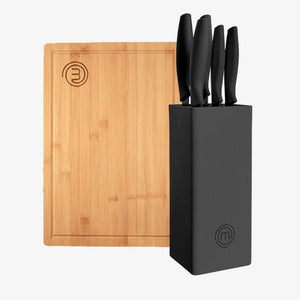Carving Knife Precision: Getting the Best Cuts of Meat
When it comes to serving succulent roasts or perfectly cooked steaks, a carving knife is your best ally:
- Knife Selection: Choose a long, slender carving knife with a sharp edge. This ensures smooth slicing and minimal effort.
- Resting Period: Allow cooked meat to rest before carving. This helps redistribute juices, ensuring a more flavourful and tender result.
- Angle Matters: Hold the carving knife at a slight angle to the meat's surface. Make thin, even slices by using a sawing motion rather than pressing down.
- Against the Grain: Going against the grain often yields interesting results, and succulent joints are no exception. Pay attention to the meat's grain, to ensure tenderness, carve against the grain, cutting perpendicular to the muscle fibres.






